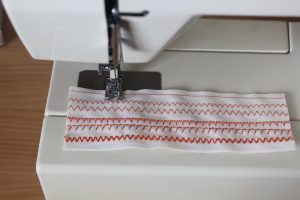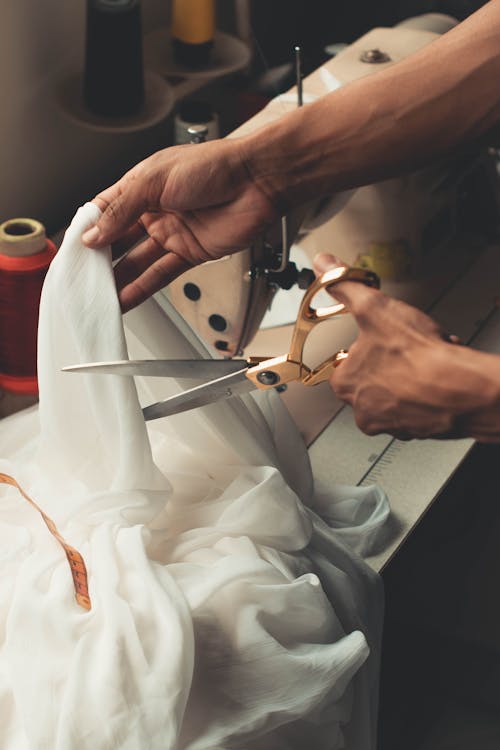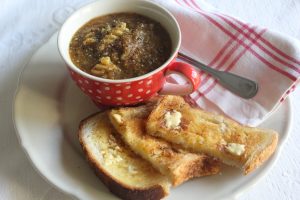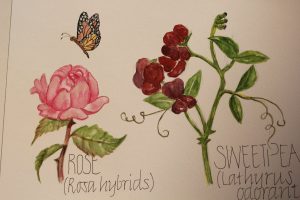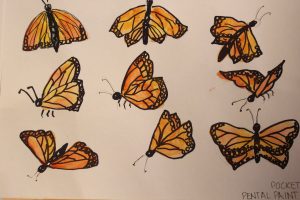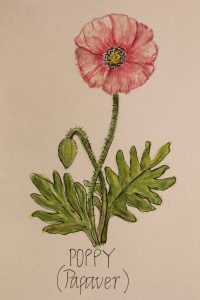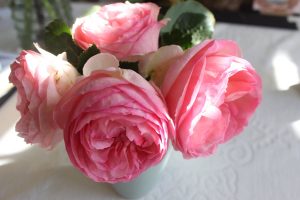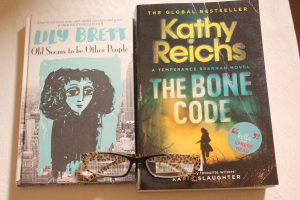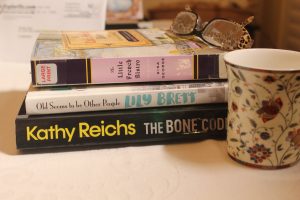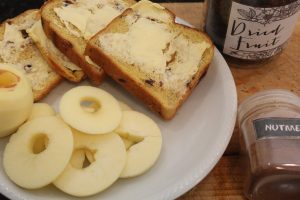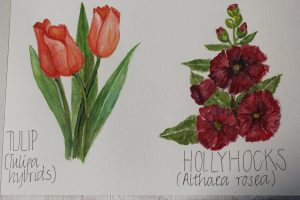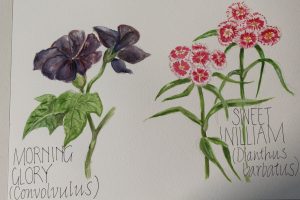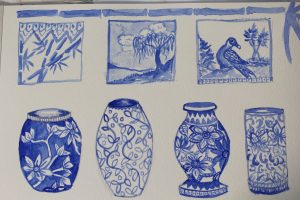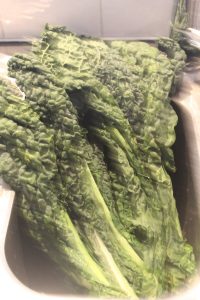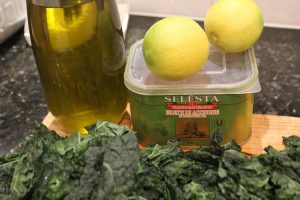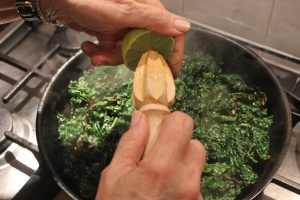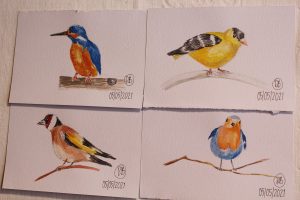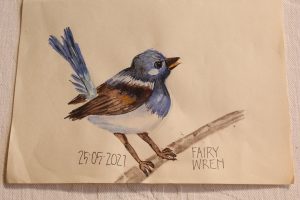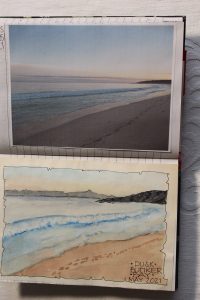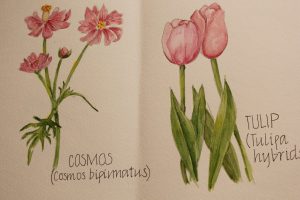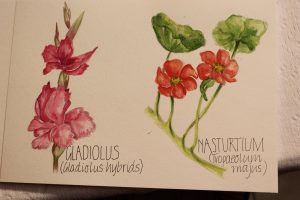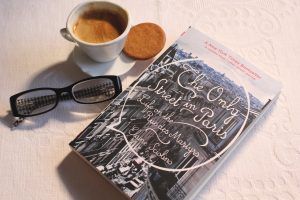We built this house in 2005 and moved in at the beginning of 2006. Fifteen years later we have replaced just about every electrical appliance in the kitchen. The first thing to go was the double oven. It was white, like all the other appliances. It may have just died from exhaustion because I cooked and cooked in both those ovens. The challenge was finding a replacement oven to fit the existing cavity. The replacement was stainless steel, no choice. I didn’t want any changes to the carpentry as we’d just had new cupboard doors put in the kitchen. For the same reason we had the exhaust fan repaired when it stopped working rather than replacing it. Nothing new fitted exactly and I felt it was a good idea to repair rather than replace. It cost more to repair than buying a new one. Not so good.


This oven has been a great success despite my concerns about it being stainless steel.
Next to go, at the beginning of CV-19, was the dishwasher. The technician arrived masked and gloved, announced the dishwasher wasn’t repairable and recommended to us a new dishwasher from his company, delivered and installed the next day . We didn’t have to go to any shops and it would fit the existing cavity. We took the easy option. So now, a stainless steel oven and a stainless steel dishwasher. Not really happy. Took me a while to adjust, but these were strange times. I designed and really liked the all white cupboards and electrical appliances with black speckled granite work tops.


The super shiny stainless steel dishwasher which doesn’t mark or need constant wiping.
Within months, while we were still avoiding shopping whenever possible, the fridge stopped working. It couldn’t be repaired, either. There was a lot of food in the freezer. A kind neighbour took it in! The pressure was on to replace the fridge/freezer. Couldn’t get a replacement one with the same configuration as the cavity dictated the size we could accommodate. Settled on one that fitted the cavity, and yes, it’s stainless steel. They were available in white but delivery would take at least ten weeks. Took me a while to get used to the stainless steel because it’s quite big.


Then the self ingnitor stopped working on the hotplate. The repairman thought he could repair it. A few weeks later he arrived with the replacement part to fix it but it wasn’t the right part! Weeks later he rang to say the proper replacement was no longer available. Our hotplate was too old. So we lit the hotplate with matches. That was fine until one day the flame flared and suddenly it seemed a bad idea. Again, the existing cavity dictated the replacement. Tracked down one to fit, luckily, as most didn’t and bought it. It looks similar to the original so sits well.
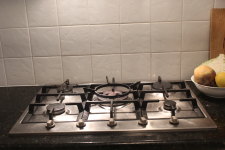

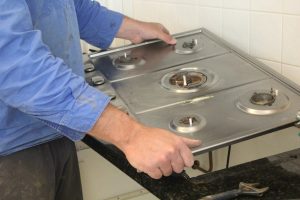

My much loved work horse on the way out.


New hotplate fits perfectly.
So, everything has been replaced except the microwave and every now and then it makes a funny noise. Again, its replacement will be dictated by its size. It will have to fit in the cavity. And it will probably be stainless steel.
All this makes me a bit cross. My Mother has two fridges. The one in her kitchen is about 25 years old. It looks modern but has to be manually defrosted it every now and then. Still in good working order despite it’s age. ( So is she!) The other one in her garage is about 40 years old and rarely used now as she doesn’t entertain a lot, but it still works well.
So why do our appliances break down? Although technically more advanced, my fridge, for instance, keeps some things frozen and other things chilled, just like my Mother’s 25 year old fridge. The only differences are mine beeps if the door is open for too long, it doesn’t need defrosting and has plastic instead of metal ice cube trays. Her microwave, replaced last year, was more than 40 years old before it stopped working. Ours is about twelve years old, so fingers crossed.
FITBIT
I got my first Fitbit in 2013. I have used a tracker every day of my life since. I started walking the usual 10 000 steps a day but slowly, over the years, have increased my daily count. I monitor my progress via my phone.
About four years ago Fitbit replaced my device as it wasn’t holding a charge for more than 24 hours. I was impressed with their service and the speed at which the replacement arrived.
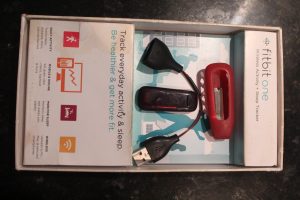

My constant companion is no more.
So when my current Fitbit needing almost daily charging I rang Fitbit. This time I dealt with a service centre. The device was out of warranty but Fitbit would offer me a discount. I wanted a device I could clip on, not wear on my wrist. My husband gave me my watch 38 years ago and I love it and wanted to keep wearing it! The man at the service centre recommended a Fitbit which can be worn as a watch or clipped on. I bought it from another retailer for less than the discount offered by Fitbit. I had to order the clip separately. I am wearing the Fitbit on my wrist until the clip arrives.
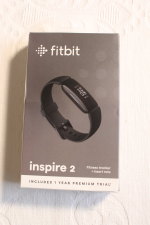

The new Fitbit tells me the time, steps taken, monitors my heart beat, tells me how long I’ve slept and other things I didn’t know I wanted to know. Already, 24 hours after putting it on, I am checking my heart rate, how long I slept and calories burnt as well as the step count. Unfortunately, some of these things can only be monitored by wearing it on my wrist, not clipped on clothing. My sentimentally significant watch might be carefully put away very soon. A dilemma.
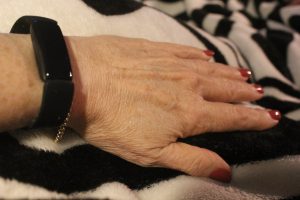

On June 24th in 1901 Pablo Picasso had his first exhibition in Paris.

